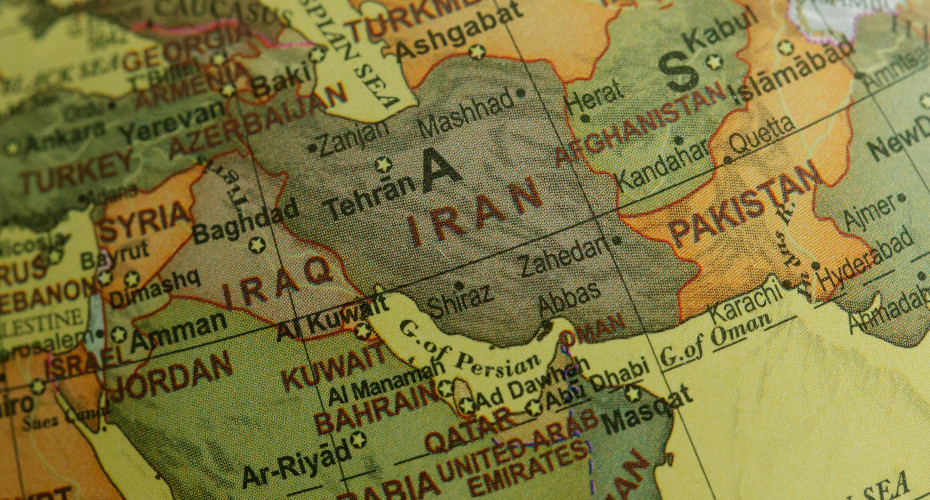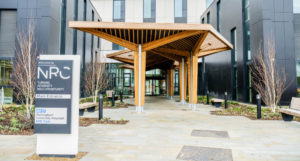Iran’s water policy is discriminatory and an example of “environmental racism”, study says

Water scarcity lies at the core of Iran’s environmental crises
Iran’s water policy is discriminatory and an example of environmental racism, with specific regions and ethnic groups deliberately impoverished, damaged and threatened by policymakers, a new study says.
Water scarcity lies at the core of Iran’s environmental crises. Approximately 28 million of Iran’s 85 million residents reside in water-stressed areas, a situation identified as ‘water bankruptcy’. This is particularly the case in the central, industrialised regions.
Other “donor basin” regions – which have been the site of intensive water transfer and other engineering interventions deployed by the Government to deal water shortage of the central regions – suffer from drought and soil erosion.
The study, by Dr Allan Hassaniyan, from the University of Exeter, argues policies pursued by policymakers are leading to impoverishment and unsustainable development.
The study says politicians have made the situation worse through decisions about water supply and security being influenced by nepotism and ethnic favouritism. To realise their aim of transferring water to their home provinces and supplying their own businesses officials have ordered rivers to be diverted, building hundreds of dams and thousands of kilometres of tunnels and canals, incurring significant financial expenditures for the state.
Dr Hassaniyan examined policy papers, government documents, political campaign speeches, and other materials.
Dr Hassaniyan said: “The state’s systematic exploitation of water and other natural resources has resulted in socioecological deterioration in Iran’s peripheral regions, home to Kurds, Arabs, Gilaks, Turkmens, Baluchis, and others. Essentially, the policy of water transfer is ‘robbing Peter to pay Paul’ – in the Iranian context, robbing water from Ch & B, Khuzestan, and Kurdistan to create wealth and growth in the central part of Iran.
“It has caused devastation and injustice. Supply management supported by favouritism is not the way to address the water shortage. To achieve sustainable development, environmental protection must be regarded as an integral part of development and not a separate element of it.”
Issues faced by people in the donor regions include drought and soil erosion affecting agriculture, dust waves and sandstorms, health, particularly respiratory, issues, mass migration and unemployment. Soil erosion is widespread across Iran, making many regions both flood-prone and desertified.
Official statistics reveal that 14 provinces of Iran, namely, Alborz, Ardabil, East Azerbaijan, Fars, Golestan, Hamedan, Isfahan, Kerman, Khorasan Razavi, Markazi, Qazvin, Semnan, Tehran, and Yazd, are suffering from land subsidence. Soil erosion has also caused dust waves and sandstorms in donor basin areas in the periphery, resulting in respiratory health issues and cancer.
Sandstorms have had an impact on farming and the economy and have damaged infrastructure.
Since the 1990s, the dam building sector in Iran has experienced substantial growth, being elevated to the top of the country’s priority list for development initiatives. Many of Iran’s dams have safety issues, either because environmental safety evaluations were not passed, the dams were constructed without receiving environmental and safety approval, or no safety assessment was carried out. Many of Iran’s dams, particularly those that supply drinking water to local communities, are in poor condition.



